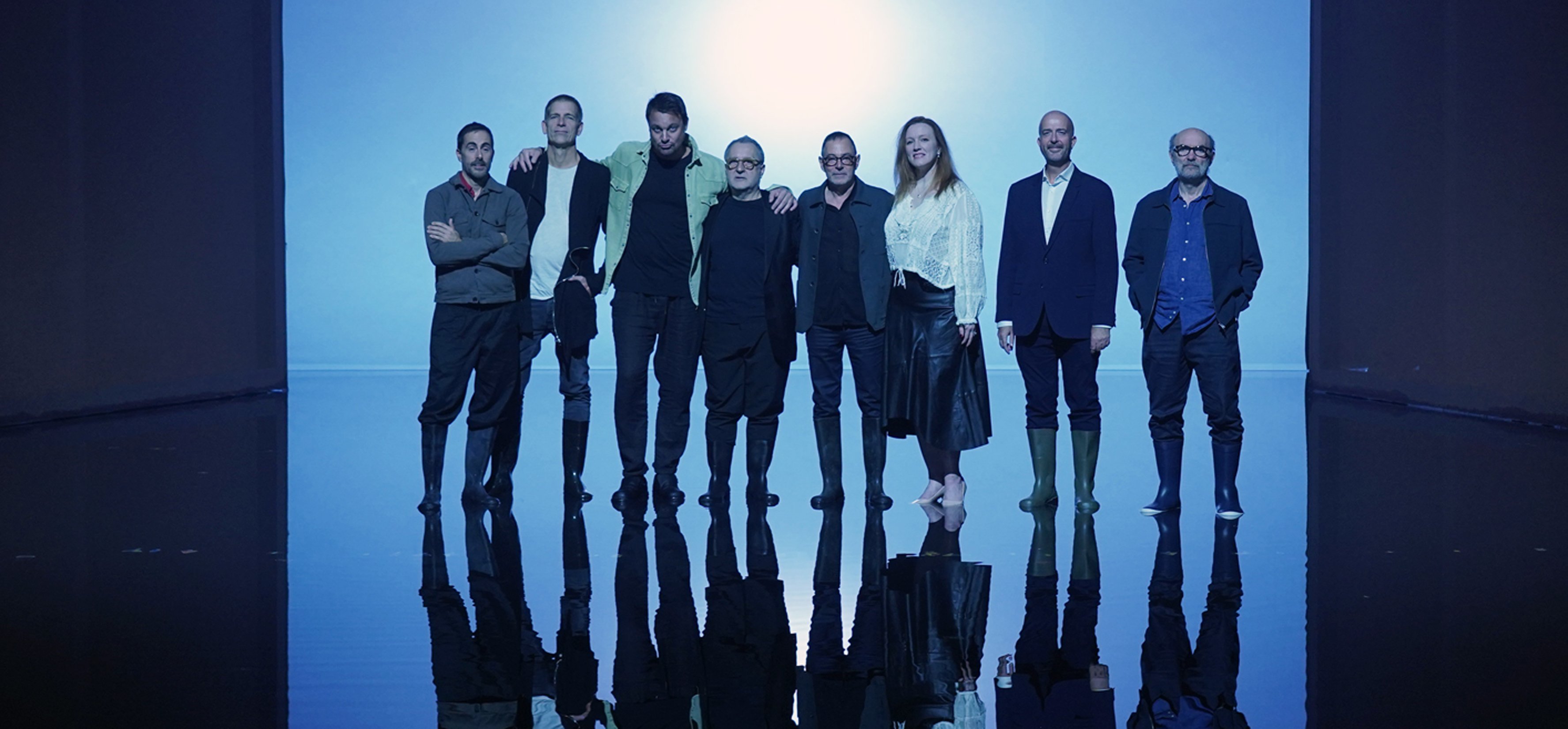
The Liceu opens the doors of the 24/25 season with Lady Macbeth of Mtsensk by Dmitri Shostakovich, with a new production by the Theatre's resident artist, Àlex Ollé. Once again, maestro Josep Pons will lead the first opera of the season, which will be on stage at the Gran Teatre del Liceu from September 25 to October 7 (the final performance being an Under35 show).
In this new production, Ollé plays with the idea of imprisonment: every situation and every location in the opera is a metaphor for the corrupt society and toxic environment surrounding Katerina, leading her to take her desperate path of ruin. Alfons Flores, Ollé's regular set designer, has created a system of rust-textured movable plates for this production that, when in motion, create stifling, corrupt spaces: the first is Katerina's room, but it also serves to create the police station and the columns of prisoners headed to Siberia.
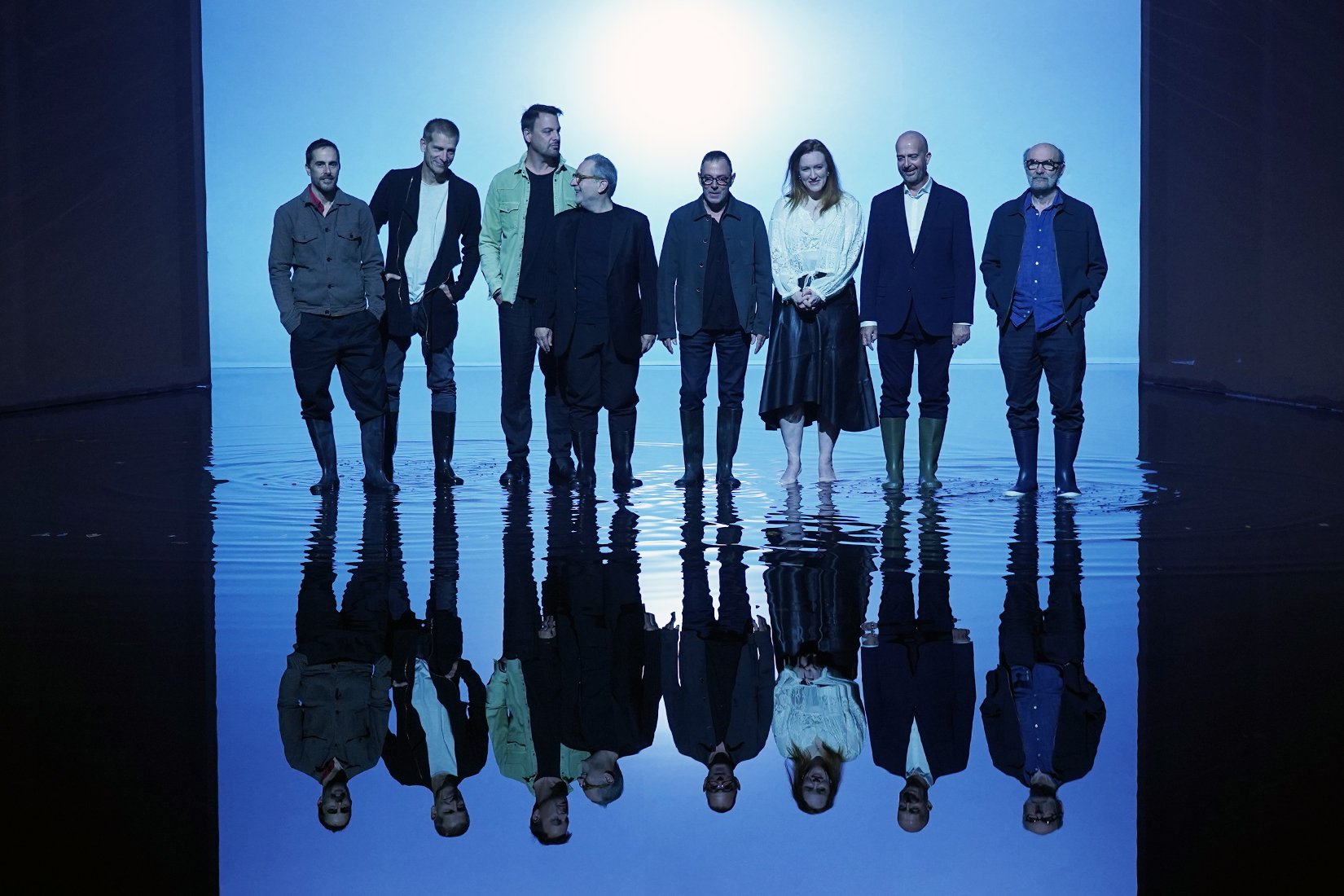
Also, as Ollé did in the production of Pelléas et Mélisande (Debussy), the stage floor will be covered by a liquid surface, a detail that holds a metaphorical meaning, as it is in water where Katerina will drown to finally escape her degraded life. In this sense, the stage is covered by a pool with a capacity of 10,000 liters of water, part of a sustainable system created by the Liceu that uses the Theatre's groundwater. This water undergoes a treatment and disinfection process and is maintained in a closed circuit to prevent waste.
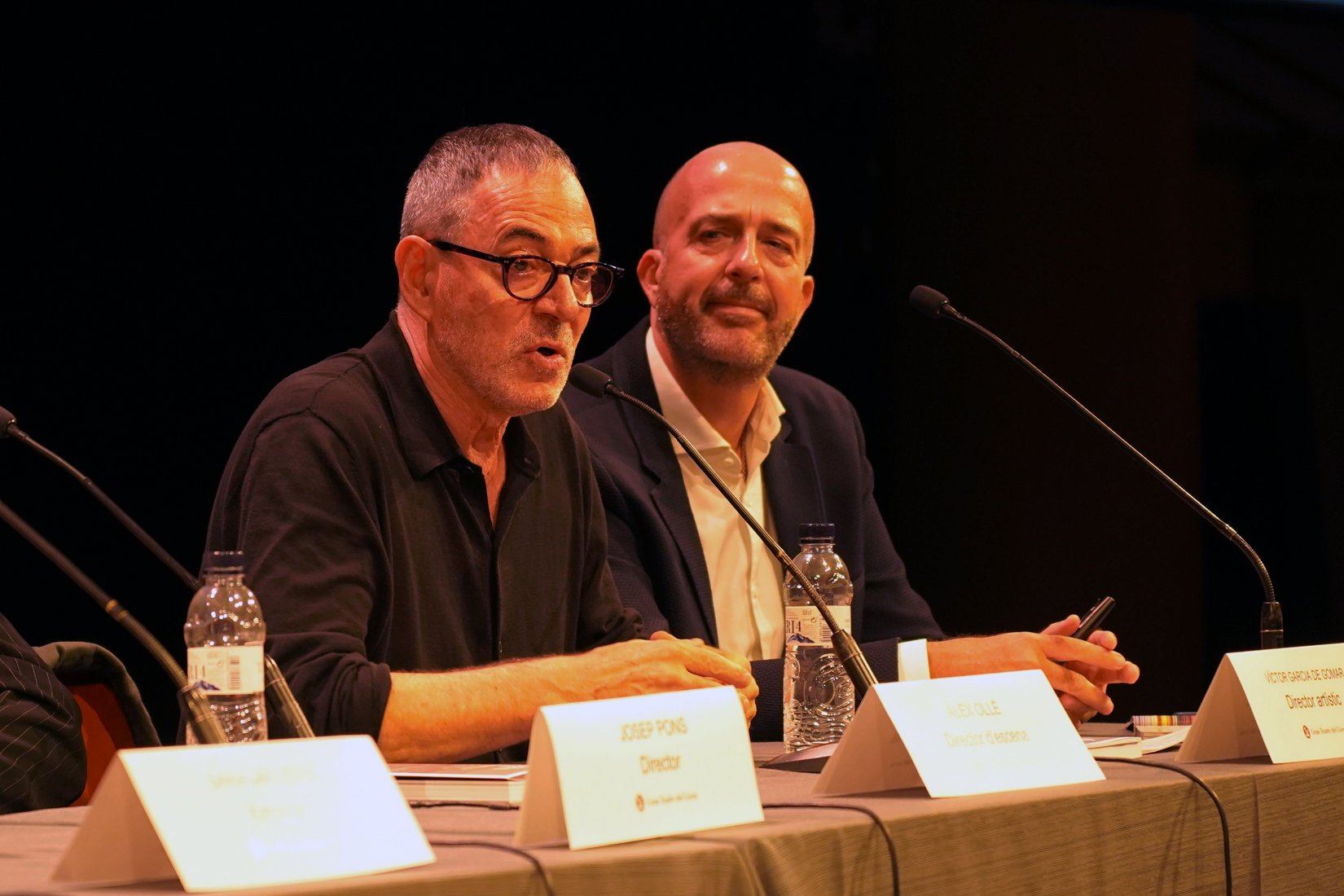
Another noteworthy aspect of this opera is its fast-paced rhythm. Shostakovich divided the action into four acts, but its structure actually consists of a series of scenes linked by instrumental interludes.
At the beginning of the 1930s, Shostakovich had composed soundtracks for the Soviet film industry and was familiar with the concept of montage. Lady Macbeth of Mtsensk is, therefore, an opera clearly influenced by cinematic rhythm, and the score continually emphasizes moments of greatest visual impact. The most characteristic is the first sexual encounter between Katerina and Sergei, but the same can be said of the attempted gang rape of Axinia in the first act, Boris's poisoning in the second, or the final scene in which, after realizing Sergei no longer loves her, the protagonist throws herself into the river, dragging Sonietka with her.
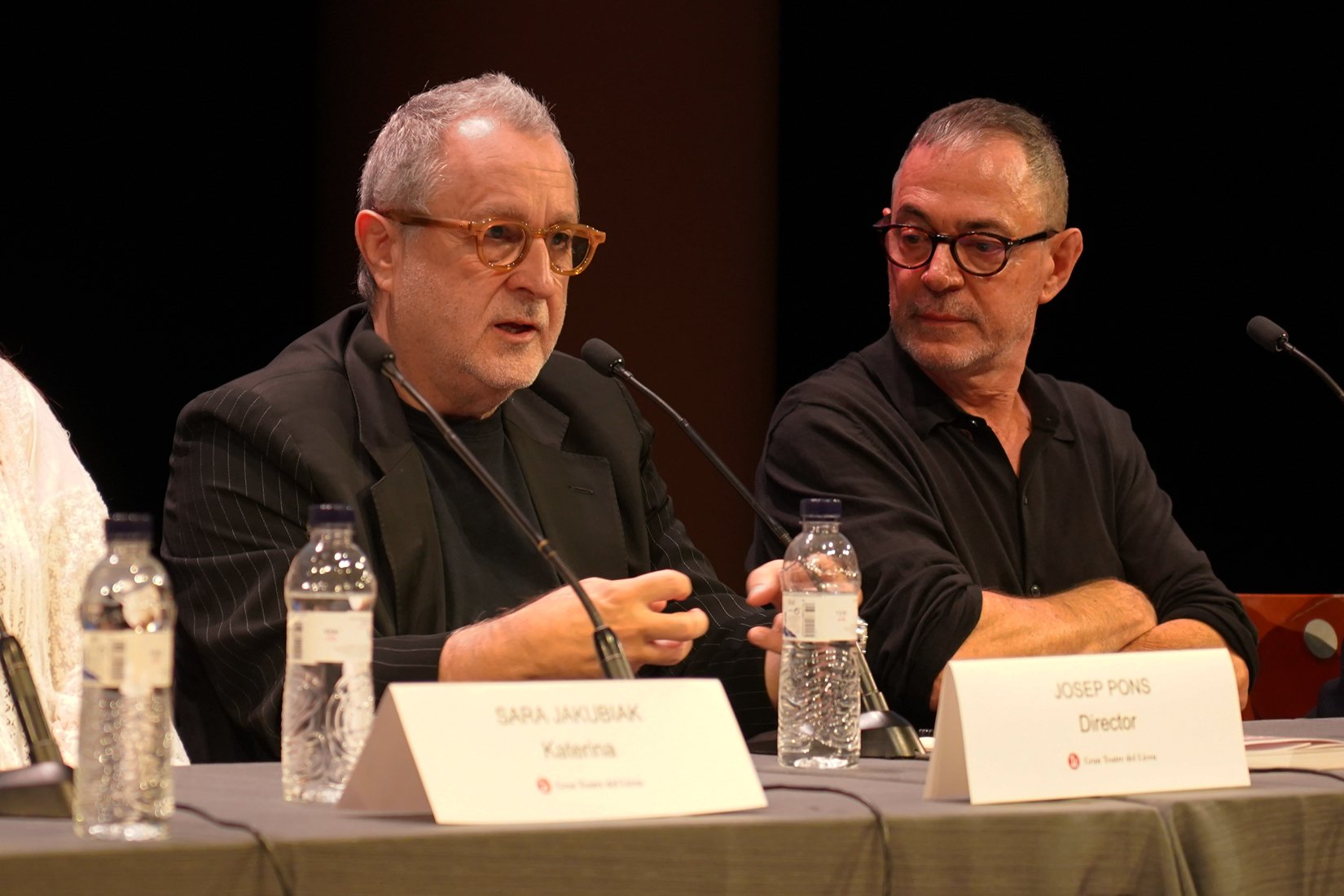
If Lady Macbeth were a film, what genre would it be? Undoubtedly, a fast-paced thriller with heavy doses of violence, tension, and sex. Ollé's production, therefore, promises to maintain this rapid pace and delve into Katerina beyond her surface-level portrayal as a murderer, who fascinates us with the extremity of her cruelty.
The music
Shostakovich wrote the role of Katerina for a dramatic soprano tessitura, the vigorous and imposing type of voice associated with many of the leading roles by Richard Strauss or Richard Wagner —that is, Salome, Isolde, or even Puccini's Turandot. But Katerina is not just a fierce, bold woman; she also embodies emotional fragility: she knows loneliness, anguish, humiliation, and romantic disappointment, and Shostakovich gifts her with several lyrical moments that not only demand great lung capacity —we must not forget that the orchestra for Lady Macbeth of Mtsensk, conducted by maestro Josep Pons, features around a hundred musicians and reaches a formidable volume— but also a delicacy that is very difficult to find.
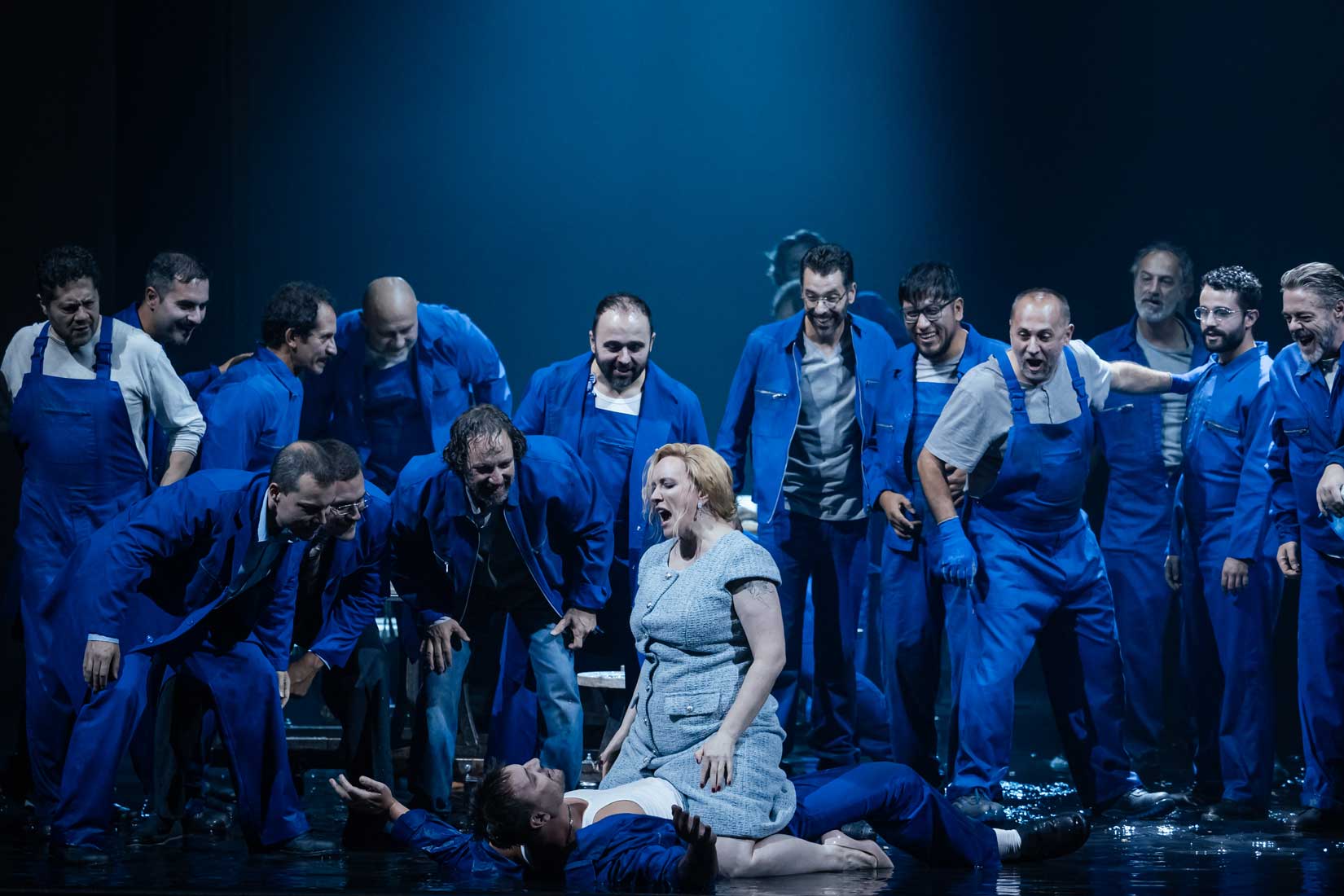
This means that it is not a role for just any singer: Katerina requires endurance and humility, explosiveness, and the ability to shine when nearing silence. In the Liceu performances, this challenging role —both spectacular and satisfying when sung well— will be performed by two sopranos known for their strength, rigor, and beautiful timbre: the American Sara Jakubiak, who has built an ascending career mainly with Strauss and Janáček heroines and is making her debut at the Theatre, and the veteran and reliable Ángeles Blancas, one of the great voices of the Spanish circuit.
The second central role in Lady Macbeth, that of the lover Sergei, is written for a spinto tenor, with a high upper register, and will be performed by two Czech singers: Pavel Černoch and Ladislav Elgr. If anything characterizes this second opera by Shostakovich, it is the richness of its supporting roles, beyond the leading duo.
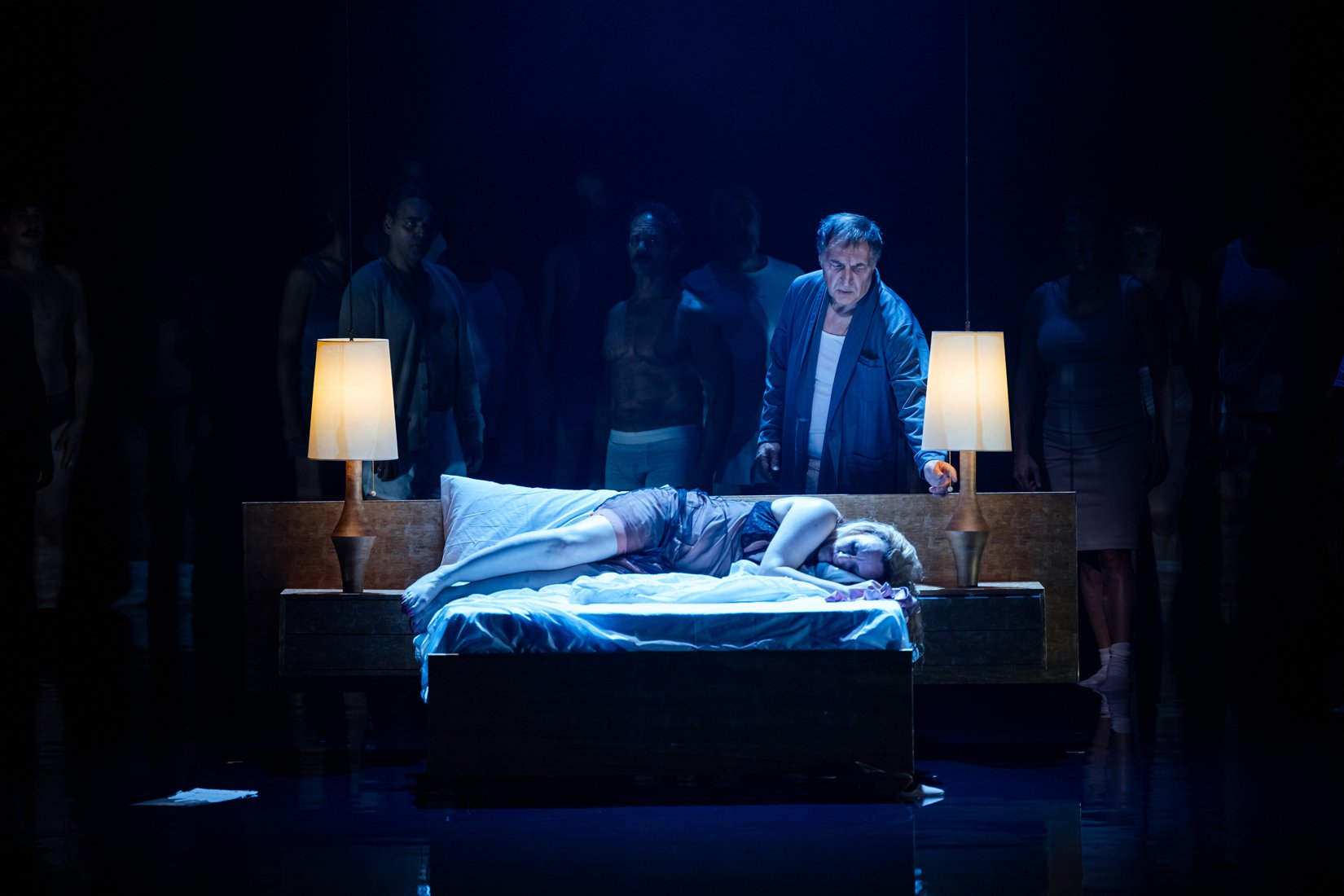
Among the numerous supporting cast, we have German tenor Daniel Kirch in the role of Zinovy Ismailov, Katerina's husband, and bass Alexei Botnarciuc as her father-in-law, Boris Ismailov. The fourth act, crucial in this opera, features a key character, Sonietka, Sergei's lover, who precipitates Katerina's death: this brief but complex role is tackled by Mireia Pintó, a local legend of the Liceu. Many of the minor roles are taken by local singers: soprano Núria Vilà plays Axinia, and tenor David Alegret takes on the role of the Ragged Worker. Bass Scott Wilde, who sings the role of the police chief in the third act, also played this same character in 2002, during the premiere of Lady Macbeth of Mtsensk at the Liceu.
An opera under repression
Lady Macbeth of Mtsensk by Shostakovich premiered in Leningrad in 1934 to great success, standing out for its musical modernism influenced by Richard Strauss and Alban Berg.
The work was celebrated for its instrumental tension and lyrical passages, consolidating Shostakovich as one of the leading composers of the time, with performances in Moscow, Leningrad, and international cities such as Paris and New York. However, the opera's success led to its downfall, as in 1936, following a performance attended by Stalin, the Pravda newspaper condemned it as too formalist and bourgeois. As a result, Shostakovich was pressured to adopt a simpler style. The work was banned in the USSR until 1963 —when it was re-staged in a censored version, ten years after Stalin's death— and the original version was not performed again in Moscow until 2000. Its immense value lies not only in its moral ambiguity and daring composition but also in its symbolism as a reflection of the catastrophic effects totalitarian power had on modern art in the 20th century.

